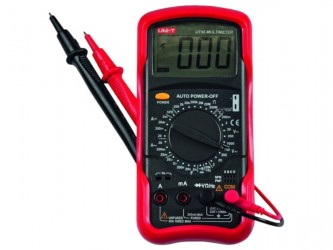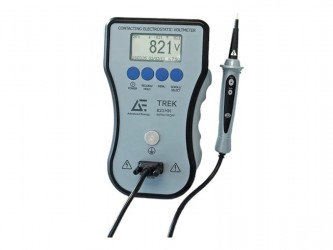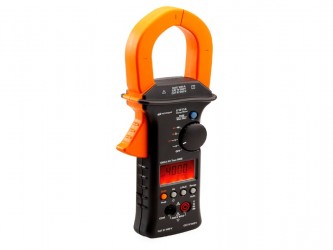Multimeters
Multimeters are versatile electrical measuring instruments that combine several functions into a single device, making them indispensable for electricians, technicians, engineers, and automotive mechanics. A standard multimeter measures voltage, current, and resistance, while advanced digital multimeters (DMMs) also provide capacitance, frequency, temperature, and continuity testing. By offering multiple diagnostic features in one compact tool, multimeters ensure quick troubleshooting and accurate electrical system analysis across industries in Pakistan.
Different types of multimeters are available depending on usage. Analog multimeters display readings on a needle scale, offering real-time feedback for fluctuating signals, while digital multimeters provide precise numerical readouts with higher accuracy and additional functions. Clamp multimeters allow safe, contactless measurement of current by clamping around a conductor, making them ideal for high-voltage and industrial applications. Safety-rated models are built with overload protection and insulated casings for added reliability in demanding environments.
The applications of multimeters span electrical installation, appliance repair, automotive diagnostics, industrial maintenance, and research labs. In Pakistan, electricians use them to troubleshoot household wiring, automotive mechanics rely on them for diagnosing battery and alternator performance, and industries employ advanced meters for testing motors, control panels, and automation systems. Their versatility makes them one of the most essential tools for professionals and DIY users alike.
Performance and safety depend on meter accuracy, input protection, and proper usage. High-quality multimeters with true RMS capability ensure reliable readings even in complex waveforms. For Pakistani professionals where electrical reliability and safety are critical, dependable multimeters reduce downtime, improve diagnostics, and ensure compliance with industry standards.
ToolHoo.com offers a comprehensive range of Multimeters, from entry-level digital meters for home use to advanced industrial-grade models. With trusted quality, affordable pricing, and nationwide delivery, ToolHoo.com ensures technicians, electricians, and engineers across Pakistan have the right measuring tools for every task. At ToolHoo.com, it’s always “Tools No Toils – Solve IT!”






